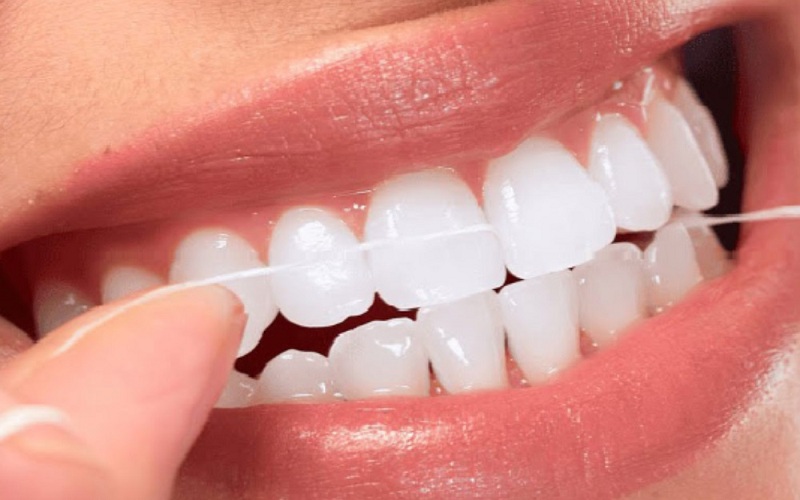Have you ever spent hours browsing through beauty products, trying to find the perfect one for your skin type? Or maybe you’ve used a product that claimed it was suitable for all skin types but ended up causing irritation and breakouts. The truth is, identifying your skin type is essential in finding effective skincare products that work best for you. In this blog post, we’ll share tips and strategies on how to determine your specific skin type so you can achieve healthy and glowing skin. Let’s get started!
If You want to consult a dermatologist in Ludhiana, connect with Dr Jastinder Kaur Gill.
How to Identify Your Skin Type
Identifying your skin type is crucial for making informed decisions about the skincare products you use. Here are some simple ways to identify your skin type:
The Bare-Faced Method:
Start by washing your face with a gentle cleanser and pat dry. Wait for 30 minutes without applying any product, then observe how it looks and feels.
The Blotting Sheet Test:
Take a blotting paper or tissue paper and gently press it against different parts of your face. If there’s oil on the sheet, that area has oily skin while if there’s no oil but flaking or roughness, that part has dry skin.
Visual Examination:
Look at yourself in the mirror under natural light and examine closely different areas of your face like cheeks, nose, forehead & chin; check if there’s uneven texture or visible pores as this may indicate oily skin.
Sensitivity Check:
Try using mild products on one small patch of your skin first before applying them all over the body – this will help determine whether you have sensitive skin or not.
By paying attention to these signs, you can better understand what kind of care routine is right for you!
Normal Skin
Normal skin is the envy of many people as it requires minimal attention and care. This skin type is well-balanced with just the right amount of oil production and hydration. Normal skin has a smooth texture, small pores, no blemishes or flaky patches on the face.
One way to determine if you have normal skin is by observing how your face looks and feels first thing in the morning before washing it. If your face appears clear without any oily shine or dryness, then you most likely have normal skin.
Though minimal maintenance may be required for this type of complexion, that doesn’t mean neglecting proper skincare practices altogether. Using gentle cleansers and lightweight moisturizers will help maintain the natural balance of oils on your face.
Dry Skin
Many people suffer from dry skin.It occurs when the skin lacks moisture, making it appear rough, flaky and dull. Dry skin can be caused by various factors such as genetics, environmental factors like low humidity or cold weather, hot showers and baths as well as certain skincare products.
To identify if you have dry skin, look out for signs such as tightness of your facial skin after washing with soap and water, visible flakes on your face especially around the nose area or cheeks. In some cases, you may also experience itchiness and redness of the affected area.
If you have dry skin, it’s important to use moisturizers regularly to help retain moisture in your skin. Look for hydrating ingredients such as hyaluronic acid which helps in retaining water in the outer layers of your skin.
Avoid using harsh soaps that strip away natural oils from your body. Instead opt for gentle cleansers with mild surfactants like sodium lauryl sulfate (SLS) free formulas to ensure protection against further drying out of already parched areas.
Oily Skin
Oily skin can be a nuisance to deal with, but it’s important to understand its unique characteristics in order to properly care for it. A shiny or greasy appearance is associated with oily skin due to excessive sebum production.
One of the key challenges with oily skin is finding products that will effectively cleanse without stripping away too much natural oil. Look for gentle cleansers that are specifically formulated for oily or acne-prone skin.
Another important step in caring for oily skin is exfoliation. Regular use of an exfoliating scrub or chemical exfoliant can help remove dead skin cells and prevent clogged pores. However, it’s important not to overdo it – excessive exfoliation can actually increase sebum production.
When selecting moisturizers and other skincare products, look for oil-free options that won’t add additional shine or contribute to clogged pores. Additionally, consider using blotting papers throughout the day as needed to control excess oil.
Sensitive Skin
The sensitive skin type requires special attention and care.People with sensitive skin have an increased tendency to experience adverse reactions to skincare products, environmental factors, and even stress.
One of the most challenging aspects of managing sensitive skin is identifying the triggers that cause irritation or inflammation. Sensitive skin can manifest in various ways, including redness, dryness, itching, burning sensation or rashes.
To manage your sensitive skin effectively, it’s essential to use gentle and fragrance-free products specifically formulated for this particular type of skin. Avoid using harsh scrubs or exfoliants that may exacerbate sensitivity.
It’s also crucial to adopt a minimalistic approach when it comes to skincare routine and avoid using too many products at once. Always patch test new products before incorporating them into your regimen.
Final Thoughts
Identifying your skin type is an essential step in taking care of your skin. It helps you choose the right skincare products and develop a routine that caters to your specific needs. Although it may seem complicated, determining your skin type can be easy once you know what to look for.By following the tips and strategies we’ve outlined above for identifying each unique type of facial complexion – You’ll soon find out what works best for YOUR SKIN TYPE!





